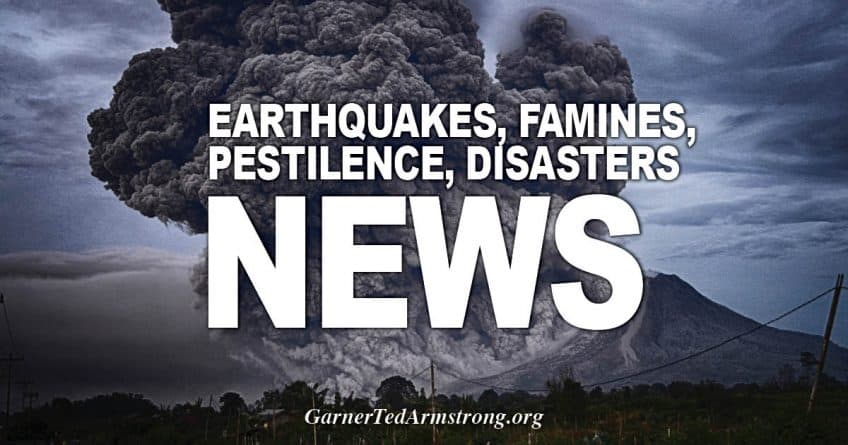Delhi staring at grave water crisis.

Raw water sources in Delhi, primarily the Yamuna and groundwater, are insufficient to meet the demand (MIG Photos/ Aman Kanojiya)
With one of the highest per capita water consumption levels in the country, many areas in Delhi struggle with a shortage of water for daily use, be it in households or schools. Experts say that not just Delhi, but the entire country will face a severe crisis unless states act together, and fast.
In a cramped slum of Bawana village, located in the northwest of the national capital, stays Mrinali. A 17-year-old school-goer, who stays awake almost every day till 3 am in the morning to make sure that the buckets and all the vessels at her home are filled with water. Mrinali has the company of Nagma, Puja, and some other girls of her age who also carry pots, pans, buckets to a community tap, about 500-600 meters away from where they stay. All of them are responsible for getting water to their house every night as soon as the clock ticks two because that is the time when the only running tap with clean water in their locality, gets water.
“This is part of my job. Earlier our mothers used to come with us but now that we are grown up, we come on our own and get water for the next day. Sometimes, we do get water in our taps at home, but that only happens once a week. Mostly, we depend on this water only. Earlier it seemed like a task but I do not mind coming here every night now,” says Mrinali.

Only 32 pc of households have tap water supply from treated sources in India, as per Census 2011 (MIG Photos/ Aman Kanojiya)
Mrinali further says that about 60-70 women, of different age groups, flock at the community tap at midnight daily. If they do not do this every day, their home might not have enough water for everyone to bathe, clean, wash clothes, other household chores or even for drinking, the next day. While one can hear Mrinali and her friends, like most women who gather there, giggling while their buckets get full, the truth about the water availability in their area is far from happy.
Though Delhi occupies a privileged position in terms of water consumption, a daily average of 240 liters per capita, the highest in India, that statistic hides a grim reality. Both the raw water sources in the capital, primarily the Yamuna and groundwater, are insufficient to meet the demand.
When it comes to the main source of water, Yamuna, the governments of Uttarakhand, Uttar Pradesh, Himachal Pradesh, Haryana, Rajasthan, and Delhi had signed an agreement in 1994 on the allocation of the river’s waters, under which Delhi was permitted to draw 724 million m3 per year. Even today, Delhi’s share remains the same, though its population has increased by about 22 million since then, according to the data available on the Delhi government’s website. Though the Delhi Development Authority says its pipe network covers 93 pc of the population, the 2016-17 Economic Survey of Delhi estimated that 40 pc of the supply is lost to leakages and theft.
In India, only 32 pc of households have tap water supply from treated sources, as per Census 2011. About 18 pc or 625,000 households in the capital city, Delhi, do not have piped water supply. Yet, this city has one of the highest percentages of households with piped water among all of India’s states and union territories.
Ritu Mehta, who works at Delhi Jal Board (DJB), a government agency responsible for the supply of potable water to most of the national capital region, admits to the problem of water shortage in the region and says that the government is looking for ways to tackle the issue. She mentions that early this month, the DJB moved the Supreme Court against the Haryana government to avert a potential severe water crisis in Delhi. She claimed the Haryana government has reduced the supply of raw water to Delhi, resulting in a shortage of water supply in many areas.
“Such behaviour of the Haryana government is not only undesirable but also deeply disappointing. The regular fall in the level of Yamuna, especially during summers, along with the discharge of pollutants that cause a rise in ammonia levels, is a matter of grave concern,” she says.
Early last week, union education minister Ramesh Pokhriyal, in a response to a written question in the Rajya Sabha quoted statistics from Unified District Information System for Education (UDISE) and said over 42,000 government schools across the country do not have drinking water facilities. Khooshboo, a friend of Mrinali from Bawana, goes to one such school.
“My school does not have clean water to drink, on most days, the tap remains dry and sometimes, dirty water comes from it that we use for washing our hands and feet, and sometimes even drink after playing,” she adds.
Talking about the issue, Mehta of DJB says that the drinking water crisis is not exclusive to Delhi but is spread all over. While she says that there is no immediate solution to this, conservation and treatment are the first steps.
“One way to address the water shortage is to increase the production and use of treated wastewater – this could be used in a number of sectors, including agriculture, construction, and industry. It would also mitigate the heavy pollution of the Yamuna. In recent years, several innovative projects have been launched, such as the Indo-Dutch collaborative effort LOTUS-HR (Local Treatment of Urban Sewage Streams for Healthy Reuse),” explains Mehta.
However, treatment is only one part of the story. The recovered water must also be used, on this count, over 30 percent of water already being treated in Delhi is not being utilized. This water could, for example, be used to water the parks owned by the DDA and the MCD (Municipal Corporation of Delhi), which currently pump groundwater for that purpose, says another member of DJB who did not wish to be named.
“But to make this change, political will is needed to financially back the infrastructure required, as well as inter-departmental cooperation. Because of the lack of infrastructure like dual piping to supply treated sewage water separately from potable water, unused treated water is not even supplied to households,” he adds.
However, Mehta also says that for a long-term solution to Delhi’s water woes, there is a need for better water-sharing among neighbouring states. For instance, while Uttar Pradesh and Haryana have abundant sources of raw water, around 90 pc of their water is used in agriculture or industry. One example of better sharing would be for Delhi’s unutilized treated water to be supplied to industries and for agriculture, while neighbouring states supply their raw water for consumption to the capital. “We have proposed this to neighbouring states. Such exchanges can help the nation fight the water crisis. We need a ‘we first’ approach instead of ‘me first’ approach,” she adds.
Source: https://mediaindia.eu/society/world-day-of-water-crisis/
[Disclaimer]








